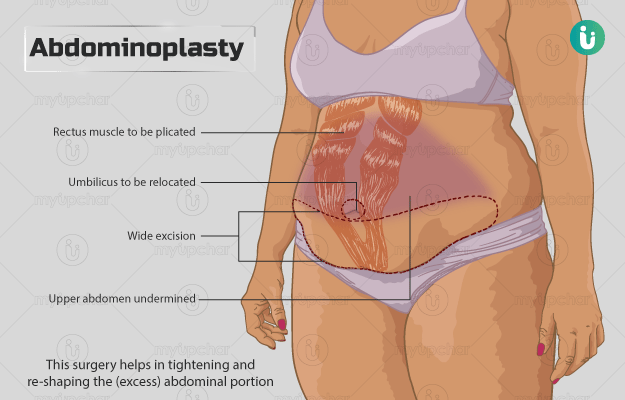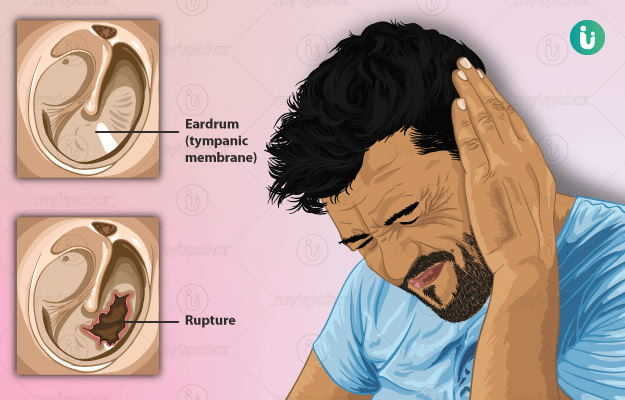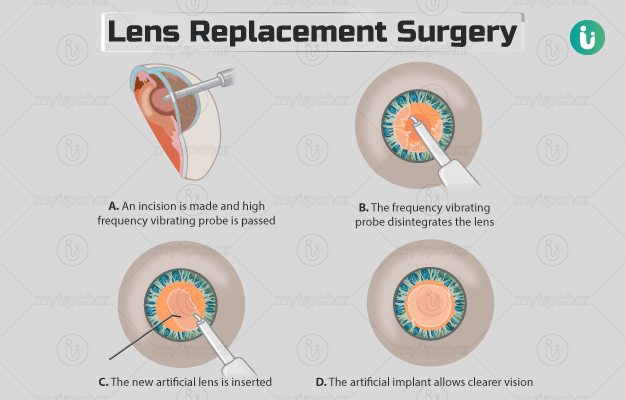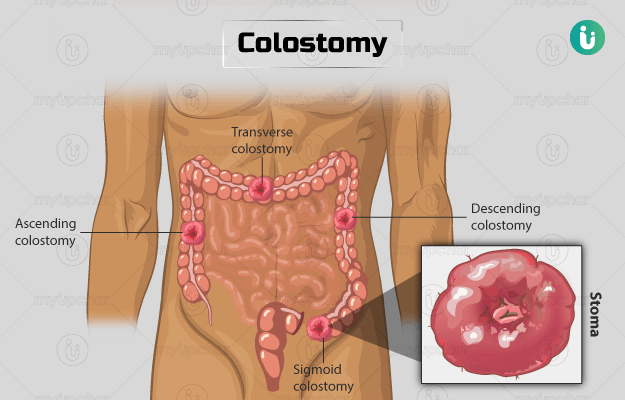Summary
Abdominoplasty is also referred to as tummy tuck surgery. It is a type of cosmetic surgery in which excess fat and skin are removed from a person’s abdomen. This surgery helps in tightening and re-shaping the (excess) abdominal portion and helps in achieving an aesthetically pleasing and slimmer appearance. However, it is not recommended as an alternative for exercise or weight-reduction plan. Ideal candidates for the surgery are those who are non-smokers and do not have a stable weight (are planning to lose a lot of weight soon). Just like any other surgery, with abdominoplasty too, there are many possible risks and associations. Proper self-care is advised for better and faster recovery after this surgery.










































